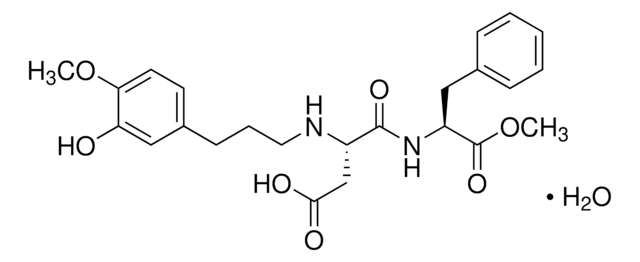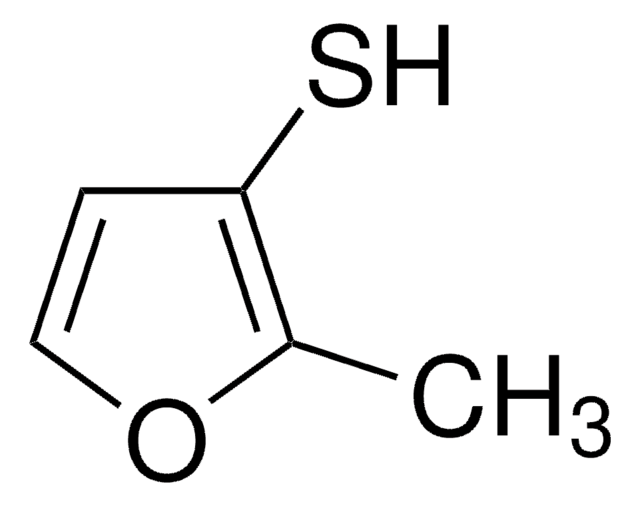L1882
Lectin from Triticum vulgaris (wheat)
agarose conjugate, saline suspension
Synonym(s):
WGA, Wheat germ agglutinin
About This Item
Recommended Products
conjugate
agarose conjugate
Quality Level
form
saline suspension
extent of labeling
5-10 mg per mL
matrix
cross-linked 4% beaded agarose
matrix activation
cyanogen bromide
capacity
≥0.1 mg/mL binding capacity (ovomucoid)
storage temp.
2-8°C
Looking for similar products? Visit Product Comparison Guide
Related Categories
1 of 4
This Item | BP1210 | 1604803 | PHR1734 |
|---|---|---|---|
| manufacturer/tradename EDQM | manufacturer/tradename BP | manufacturer/tradename USP | manufacturer/tradename - |
| grade pharmaceutical primary standard | grade pharmaceutical primary standard | grade pharmaceutical primary standard | grade certified reference material, pharmaceutical secondary standard |
| format neat | format neat | format neat | format neat |
| application(s) pharmaceutical (small molecule) | application(s) pharmaceutical | application(s) pharmaceutical (small molecule) | application(s) pharmaceutical (small molecule) |
| biological source synthetic | biological source - | biological source synthetic | biological source synthetic |
| agency EP | agency BP | agency USP | agency BP, EP, USP, traceable to Ph. Eur. Y0000714, traceable to USP 1604803 |
General description
Application
Biochem/physiol Actions
Physical form
Preparation Note
Storage Class
10 - Combustible liquids
wgk_germany
WGK 3
ppe
Eyeshields, Gloves
Choose from one of the most recent versions:
Already Own This Product?
Find documentation for the products that you have recently purchased in the Document Library.
Customers Also Viewed
Our team of scientists has experience in all areas of research including Life Science, Material Science, Chemical Synthesis, Chromatography, Analytical and many others.
Contact Technical Service









